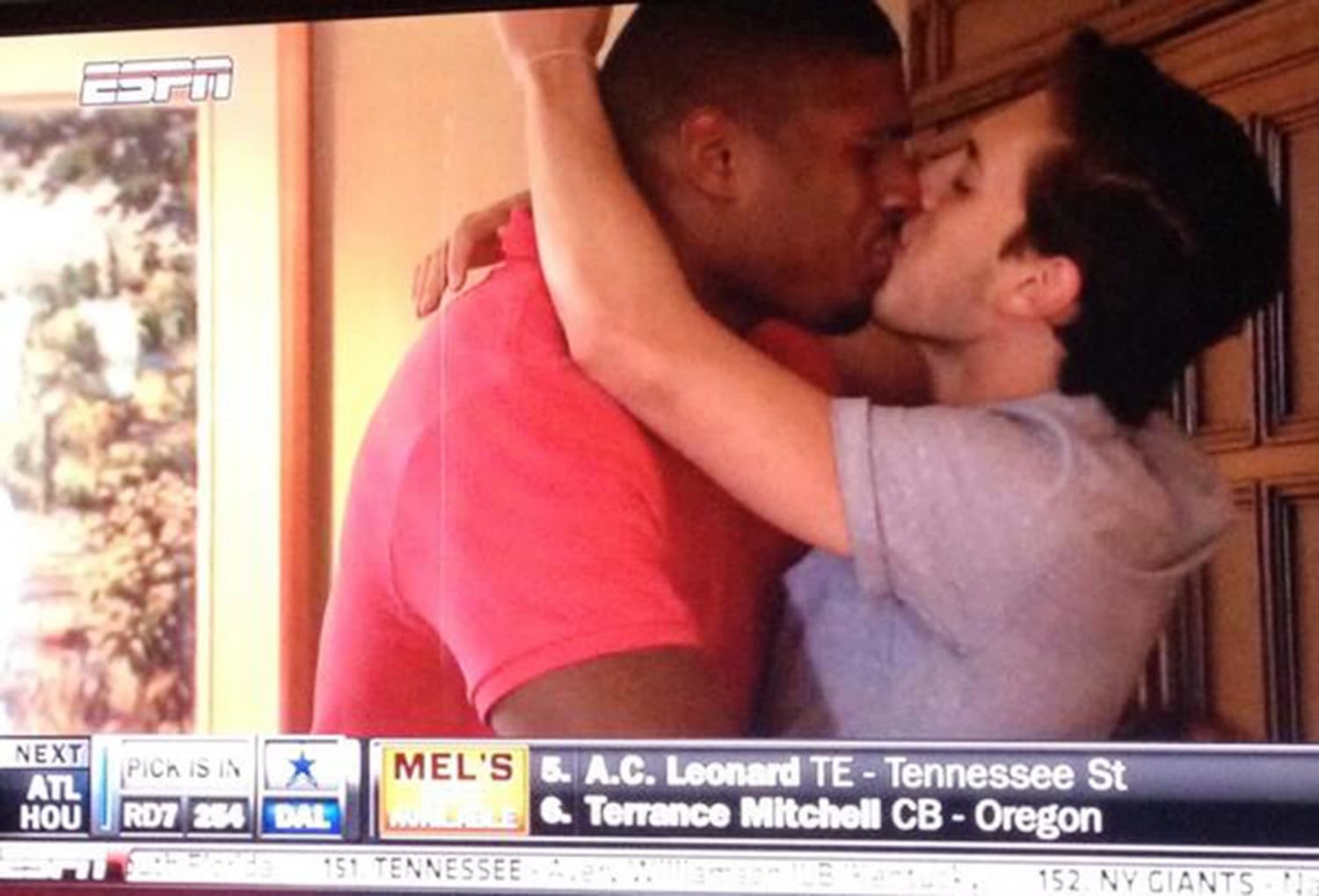Huge n’tl sample makes #CCES2016 great for examining age distributions of gays & lesbians vs bis. Both life-cycle & cohort effects here. pic.twitter.com/D3uuZh9qxf
— Patrick Egan (@Patrick_J_Egan) June 10, 2017
After the election, I began reading a bit more conservative media in order to get out of my so-called “bubble.” One of those publications is the American Conservative, which today published a post by Rod Dreher that surprised me. Enough that it got me to actually put something new up on this here blog. Dreher is responding to some data showing higher than expected numbers of young people claiming an lesbian, gay, or bisexual identity. In response, the post argues that this rise is due to a loosening of heterosexual, familial norms, encouraging young people to experiment and identify in ways that they otherwise would not have. What the post is not, however, is an argument for immutable heterosexuality; it rests, not on the apparently natural status of heterosexuality, but rather on its fragility:
It must be that there are young people who experience homosexual desires as teenagers, but who do not act on them for reasons of religious belief or social custom. Later in life — in their twenties, say — their sexual desire solidifies as heterosexual, allowing them to form a stable marital bond with someone of the opposite sex, and start a family. Had they had the opportunity to experiment with homosexuality as a teenager, they might have remained confused and unstable well into adulthood.
Social prohibition on homosexuality activity, therefore, is needed not because homosexuality betrays some fundamental truth of nature, but because without it more people will become homosexual. As he points out, quoting a “friend and reader of this blog,” sexuality is “polymorphous.” Therefore, according to Dreher, we need strong social norms in order to encourage the building of heterosexual families, equated with “stable homes.”
Two assumptions are thus put into play. On the one hand, in agreement with queer thinkers, sexuality is not innate, but is rather socially produced. Rather than invoking this notion, however, in order to really reckon with the myriad ways people behave and identify, he uses the claim to support the reimposition of strong norms in order to enforce heterosexuality. Instead of taking up the polymorphous nature of sexuality evidence of the contingency of heterosexuality, it remains only evidence of the threat represented by non-hetersesexual identities and acts. On the other hand, while he emphasizes the dangers of sexual fluidity, he fails to even acknowledge the contingent nature of his own definition of the “stable home.” Contra Dreher, research shows that having gay parents leads to the same different outcomes as having straight parents. Preserving, protecting, and shoring up heterosexuality therefore would do little to actually achieve the goal Dreher supposedly wants to pursue: protecting and supporting children. That the post uses the example of “broken homes” to illustrate the argument, rather than any actual cases of queer parenting, underscores the slippage here. The norm’s qualitative value is always simply assumed;
The equation of the so-called “broken home” with gay parenting, combined with his reading of data showing greater numbers of self-identified LGBT people as itself, by definition, evidence “against the normalization of LGBT” showcases the base homophobia that’s really at work. The “data” that Dreher points to in order to buttress his argument simply shows that more people identify as LGBT, not that such identification constitutes any actual harm to anyone else. Few real thinkers on the subject would disagree with his initial point that sexuality emerges from some combination of nature and nature. But his conclusion that we have an obligation to ensure that the nurture remains essentially regulatory — disciplinary, in other words — only highlights his ultimate fear: that heterosexuality isn’t so strong in the first place.
This is why his conclusion actually fails to uphold the initial idea of the post. He ends by claiming that young people who experiment with same-sex sexual desire may live to regret those “choices” because “you thought your true self was something else.” No thought that the reverse could be just as true. For Dreher, homosexuality may be a “choice,” but heterosexuality is “true.” He thus participates in producing the very fiction he claims to be undoing: that sexuality is inborn. Read this way, any apparent willingness to read “sexuality” as polymorphous and socially constituted only refers to non-normative forms.
This is not the first time I have seen references to social constructionism levied to these ends (I unfortunately can’t find the article from a few years back that I’m thinking of). Such claims underscore the sometimes ambivalent relationship between theory and activism. Dreher is certainly right, for instance, when he claims that the argument that LGBT people are “born that way” was more political than it was based in any real data. Queer theorists have long warned against these kinds of “minoritarian” claims, insofar as they essentialize a minority population. And yet, arguments such as Dreher’s illustrate the flip side of the coin. The emphasis on unstable identities opens us up to claims that homosexuality is contingent and thus changeable. Both kinds of arguments reduce vastly complex features of human existence to simplicity and, most importantly for this historian, ignore the ways that identities emerge out of long processes that cannot really be reduced to any combination of nature and nurture, let alone one or the other. Better, it seems to me, is to do precisely what Dreher so fears and provide as much space as possible for people to find themselves, in whatever mode that may be.

